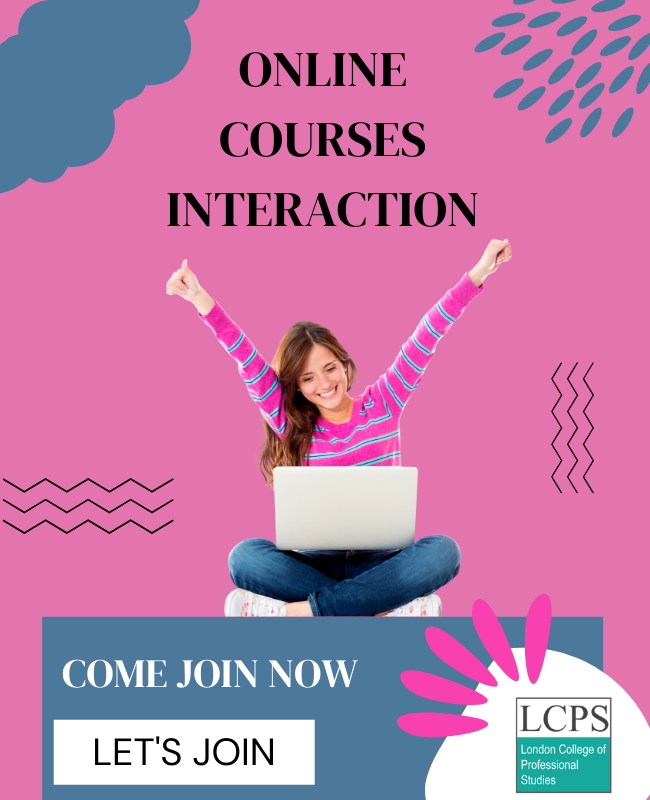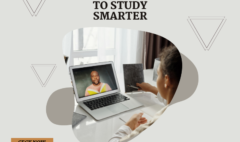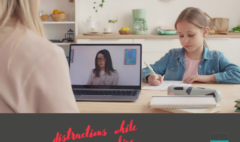The importance of Online Course Interaction in 2022 and its types
March 15, 2022 2022-03-15 6:45The importance of Online Course Interaction in 2022 and its types
The importance of Online Course Interaction in 2022 and its types
Introduction
Online learning classes are a rapidly expanding learning market. A recent study shows that 60 percent of the 1,000s of college students on campus were using video courses; by 2020, that number is expected to reach 70 percent. Online learning classes are a great tool for anyone looking to add the latest technology to their curriculum, and its greatest feature is Online Course Interaction.
Social interaction in online classes can promote students’ motivation and interest while also enabling better student outcomes. The instructors must evaluate how they can provide opportunities for effective and sustained social interactions in online courses, particularly when many learners take several online courses. When compared to a regular class, the possibilities of student-teacher interaction in an online course are higher because it is harder to interact among a large group of people. It improves the students’ problem-solving abilities as well as the process of sharing documents and crucial files becomes easier.
In this article, we will highlight the importance of online learning interaction and will discuss its types. The 4 levels of interactions that can be used in online courses will also be explained .So, keep scrolling.
Types of online course interaction
Learner-to-content, learner-to-instructor, learner-to-learner, instructor-to-instructor and teacher-content interactions are the five main types of interactions in the virtual learning environment. Each of these types is crucial for students to learn in their own way, and when used together, they can help each other.
Learner-to-Content interactions are the ways in which a student connects with the educational methods in a course. Students can interface with course content in a variety of ways, such as through social and multimedia, exercises, assignments, self-assessments, tasks, and so on. It includes:
- Experiments with concept mapping
- Learning through case studies
- Web-based activities consist on questions
- Research papers, books and other content
In learner-to-teacher interaction, students and instructors communicate at different levels throughout the course by connecting with one another.Learners can gain knowledge, inspiration, helpful comments, guidance, and coaching from an instructor through this interaction. “Interactions between the teacher and the students are aimed at assisting students’ knowledge and mastery of the learning objectives,” according to the rubric annotations. These exchanges may include welcoming and introducing video clips of the instructor, weekly notifications, project feedback, FAQs, and so on. This interaction includes:
- Emails sent privately
- Personal conversations during a specific time
- Sessions with live classes
- Reactions to asynchronous discussion groups
- Additional modes of feedback
Learner-to-learner interactions are how learners engage with their classmates within the structure of the curriculum. Self-introductions, cooperative learning, helpful postings, small-group projects, peer assessments, and other forms of student-to-student interaction are the examples. Learners can use file sharing services to share pieces of work, talk on, and even rate the work of others. Twitter, on the other hand, is a useful platform for encouraging and facilitating conversations and arguments among learners, provided that the request to share knowledge is appropriately integrated into the curriculum and, obviously, related to the material. Other tasks include:
- Email transmissions
- Personal conversations in real time
- small or large groups of students participating in different activities.
- Padlet, Piazza, and Google Docs are examples of collaboration software used by students.
Instructor-to-instructor interactions, when done correctly, adds to the course development and student achievement. Fortunately, technology has made collaboration much easier and more streamlined. Teachers frequently seek support from one another and might assign responsibilities in ways that allow them to be more productive as a group. It includes:
- New ideas, plans, resources and curriculum transmission
- Giving challenges and competition through multimedia and games
- Assisting each other by sharing feedbacks and reformations
- Completing tasks by working in a group
In typical higher learning, the teacher and the content engage both when the instructor is planning a class and when he or she does web research. A teacher today should stay current with the newest findings on a constant schedule because knowledge is moving so quickly today. He or she had to help the students explore this sea of knowledge that they should have at fingertips and teach them how to think critically about it.
This can make teachers more excited, allowing them to share their methodologies, and enabling them to have more chances about how to improve their jobs. It can facilitate the instructors in the following way:
- share their work with students outside of the classroom
- with their online published content, the students as well as the co-workers can learn more and more
- they can make traditional courses more compatible with the unique features and tools of eLearning
Conclusions
There are many different methods in which people can study, and maintaining online learning interaction is one of the many excellent ways in which students can grow and train themselves for future employment.








